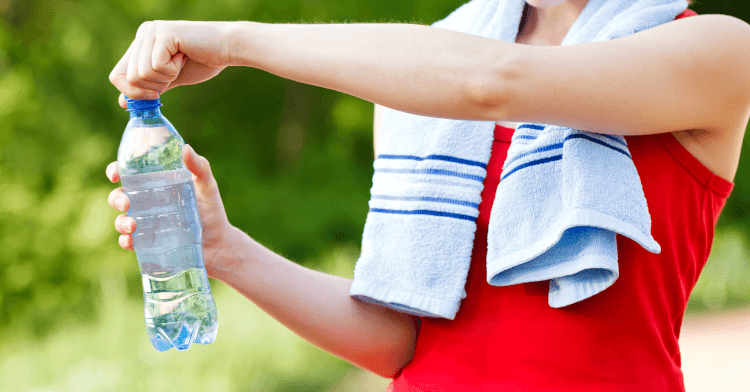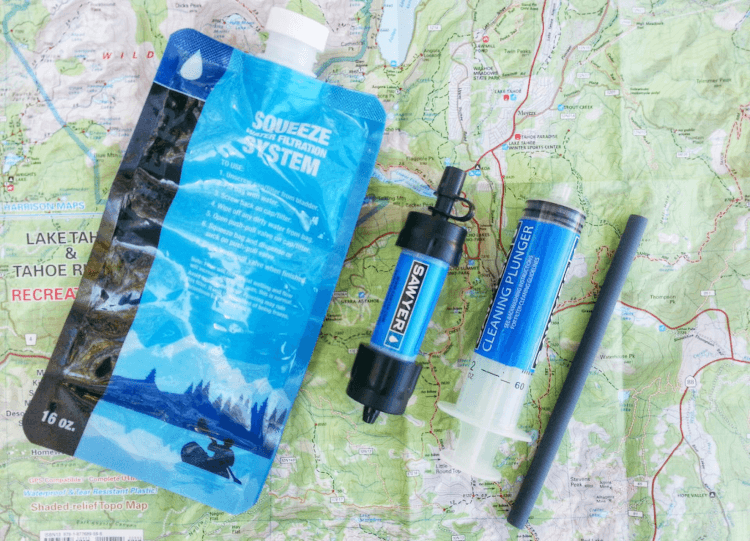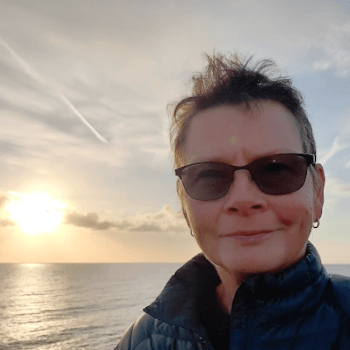How to stay Hydrated on your Summer Walk
Top tips to keep you hydrated on your summer walking holiday, including the best types of filters.
How to stay Hydrated on your Summer Walk
https://www.contours.co.uk/drinking-water
by Christine Saul
During very hot spells, you need to plan ahead and be extra prepared to stay hydrated on your walk. When temperatures soar, the last thing you want is to find out that you have run out of drinking water when you still have miles of your walk left to to go under the hot sun.
Your usual litre bottles of water or water bladder will not hold sufficient water to last you the whole day when temperatures rise into the high 20 degrees Celsius (70+ degrees Fahrenheit). You will probably require at least double your usual water intake: 3 litres minimum.
If you know that you will be passing places to fill up en route, this should not cause you a problem; however, if you are walking a remote trail where there are no facilities to top up your drinking water throughout the day, you do need to carry sufficient water with you.
It would be wise to pack a spare water bottle or two on your walking holiday so that you can carry an extra litre or two of water on days where it’s necessary. You can buy soft bottles in various sizes that are flat and roll up to take up very little room, e.g. Platypus SoftBottle or Salomon Soft Flask.

Another option, and I always carry one when walking long distance trails, is to carry a light-weight water filter.
These filters clean the water, removing waterborne bacteria, protozoa and sediment. The mini versions are very small and light; you won’t know you are carrying one, but they can be a lifesaver.
LifeStraw make a personal water filter: a large straw-shaped design that you dip into a stream or lake and suck water through to drink directly from the stream. You can also fill a wide-brimmed water bottle and use the straw filter to drink the contaminated water from your bottle. Just remember to clean your bottle properly before adding clean drinking water and drinking straight from it again.
My personal favourite is the Sawyer Mini Filter. It is very small, weighs next to nothing and comes with a collapsible soft bottle and a drinking straw. I personally never use the straw, as the pouch and filter are sufficient. You collect stream water in the pouch, attach the filter and then squeeze the clean water into your usual water bottle(s).

With this method, as long as you keep the Sawyer Squeeze pouch for collecting contaminated water, you do not contaminate your clean drinking water bottles. You can also drink straight from the filter when it is attached to the pouch, and the filter fits onto most standard soda bottles.
Some trendier water bottles now come with built in water filters, but beware of these. Most are designed to reduce the chlorine taste and odour found in tap water, and will not kill protozoa or bacteria.
You could also carry emergency water purifying tablets, e.g. iodine or chlorine tablets, which are very cheap. They don’t taste great, but you can buy neutralising tablets to help remove the aftertaste.
The downside to these tablets is that they usually need to be left a long time to work effectively, and although they kill water-borne organisms, they don’t actually clean the water or remove sediment.
Never drink water directly from a stream or river; it may look clean, but you never know what is contaminating it further upstream!
If you are running short on water and have no back up, be prepared to detour off-route to find water in a nearby village or town. With the growing trend in reducing single-use plastics to help save the environment, many places now offer free water top ups. See see www.refill.org.uk to find our more.

Head of Customer Service, Product and Finance
Thousands of miles walked from mountain peaks to coastal shores — exhaling worries, inhaling fresh air.